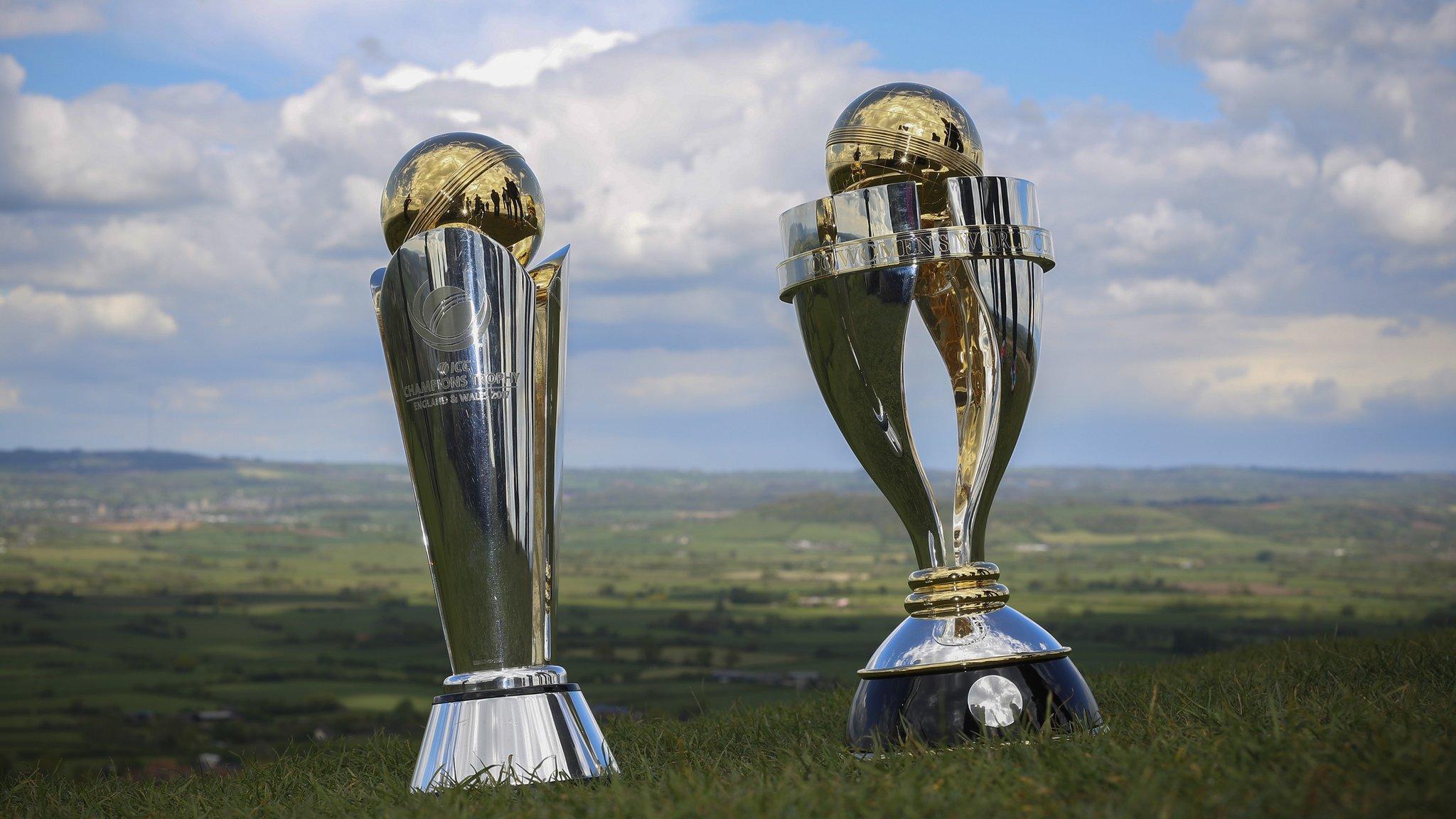Women's World Cup 2017: Tournament guide and players to watch
- Published
ICC Women's World Cup 2017 |
|---|
Venues: Bristol, Derby, Leicester, Taunton, Lord's Dates: 24 June - 23 July |
Coverage: Ball-by-ball Test Match Special commentary on all England matches and selected others; in-play highlights on the BBC Sport website |
Click here for full fixtures, a list of warm-up games and squad lists |
First held in 1973, the Women's World Cup predates the men's event by two years - and returns to England for its 11th staging.
Australia, chasing an unprecedented seventh World Cup triumph, are favourites to retain the title they won in 2013, but England fans can take heart from the fact they have won on both previous occasions when it has been held on home soil.
While the prize fund for 2017 has increased tenfold to $2m (£1.57m), just as important for the women's game will be an unprecedented increase in media coverage, with every game available to watch live - 10 televised (featuring the Decision Review System making its debut in women's cricket) and the remaining 21 live-streamed on the ICC website.
The BBC Sport website will have in-play highlights on the 10 televised games, with post-match highlights of all the others.

History and format
Former England captain Rachael Heyhoe Flint, who died in January, was the driving force behind the first tournament in 1973, which came about after she successfully badgered her friend and fellow Wolverhampton Wanderers devotee Sir Jack Hayward to sponsor the event to the tune of £40,000.
Heyhoe Flint captained England to the title in that first event, which featured a Young England side and an International XI making up the numbers.
West Indies did not appear as a unified team until the 1993 tournament, while the International Cricket Council (ICC) did not oversee matters until 2009, having absorbed the International Women's Cricket Council in 2005.
Eight teams have contested each World Cup since 2000, and this year's event reverts to the one-division round-robin format (followed by semi-finals) last used in 2005.
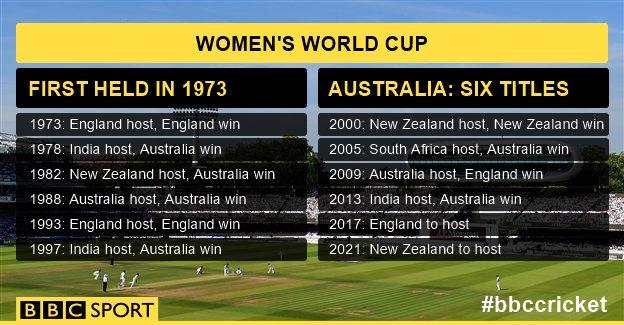
'Australia favourites, England very strong contenders'
Former England batter Ebony Rainford-Brent, now a BBC Test Match Special summariser, feels Australia are rightly regarded as pre-tournament favourites.
"Even though it's not their home conditions, they just pip England with their experience of winning tournaments," she told BBC Sport. "Captain Meg Lanning and a lot of her team have had that taste of success, and have been consistent.
"But England are very strong contenders. Coach Mark Robinson has done a brilliant job in getting a lot of the girls to tap into their potential.
"If you look at players like Tammy Beaumont, Natalie Sciver and Alex Hartley, some of them have been around a while but weren't necessarily firing in the way you'd expect them to. But they're now starting to come through and make the most of it.
"Sarah Taylor coming back is a massive plus but, while they've done well against Pakistan and West Indies in the last year, they've not had a big series against New Zealand or Australia to test themselves as hard as they need to be."
However, Rainford-Brent sees the potential for plenty of World Cup shocks.
"South Africa are definitely going to cause an upset - they're a massively rising team - and India are on a bit of a wave at the moment," she said.
"Having won the World Twenty20 last year, West Indies should cause an upset or two, although they've struggled in the 50-over format to be competitive over a long period.
"But boundary count will have a massive impact - I think the team who hits the highest number of boundaries, playing aggressive, intelligent cricket will win the World Cup.
"At last year's World T20 final, Australia scored 148 and thought they'd won, but West Indies' Hayley Matthews and Stafanie Taylor came out and smashed boundaries and took the game away from them."
Players to watch

Who will be the stars of the World Cup?
Aside from Australia captain Meg Lanning, who leads the ICC's ODI women's batting rankings, Rainford-Brent has picked out four other players to watch during the World Cup.
"South Africa's Marizanne Kapp is the number one ODI bowler in the world, and is shaking up a storm," she said.
"She played in the Women's Big Bash League and knows the Australians, so she could be one to keep an eye on.
"Seeing Nat Sciver's form in county cricket, she's been hitting hundreds in ways she's not done before. She's ready to go and she's fired up.
"I always talk about Sri Lanka's Eshani Lokusuriyage [also known as Eshani Kaushalya] - she's a dangerous player who can hit sixes and bowl yorkers at the death. She caused that upset when Sri Lanka beat England in 2013, and if Sri Lanka cause anyone problems, it'll be her who does the damage.
"And New Zealand's Amy Satterthwaite recently scored four ODI hundreds in a row, so she's another one on the watch list."

TMS' Ebony Rainford-Brent - seen here with legendary ex-England captains Charlotte Edwards and the late Rachael Heyhoe Flint - was a World Cup winner in 2009
So who's in form?
For the first time, World Cup qualification was determined by the ICC Women's Championship, designed so the top eight sides would play each other over a two-year period.
Australia, England, New Zealand and West Indies qualified automatically, while India, South Africa, Sri Lanka and Pakistan came through a qualifying tournament.
Australia clinched their qualification at a canter, losing only three of their 21 games, with captain Lanning and all-rounder Ellyse Perry the two highest scorers.
There was also an Australia player leading the spin-dominated bowling charts, with slow left-armer Jess Jonassen finishing top ahead of the somewhat unlikely figure of England captain Heather Knight, by her own admission a part-time spinner.
Meanwhile, captain Lanning insists the long-running pay dispute between governing body Cricket Australia and the Australian Cricketers' Association (the players' union) will not be a distraction for her side., external
Australian Women, who have maintained a strong stance alongside their male counterparts, are set to be placed on temporary contracts if the situation is not resolved by the time the current Memorandum of Understanding expires on 30 June - a week into the tournament.
Did you know?
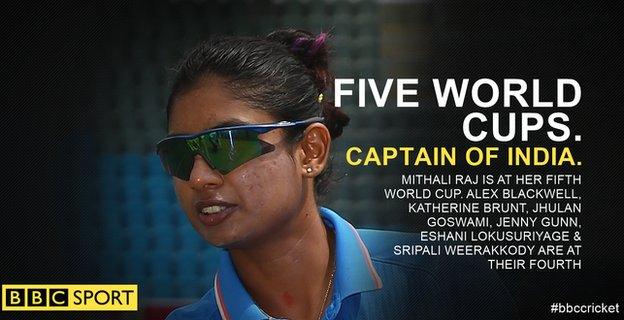
While seven players are appearing at their fourth or fifth World Cup (see above), at the other end of the scale, there will be 10 teenagers at the tournament.
South Africa all-rounder Nadine de Klerk (17), New Zealand leg-spinner Amelia Kerr (16) and uncapped West Indies left-arm pace bowler Qiana Joseph (born on New Year's Day 2001) are vying to become the first player born in the 21st century to appear at a major ICC event.
The most youthful side at the World Cup will be South Africa, whose oldest player, Trisha Chetty, turns 29 on 26 June.
Sri Lanka have nine players over 30 - Chamari Polgampola (36), who played in 2005 and 2009 but missed the 2013 event, will be the tournament's oldest player.
Australia, England and New Zealand are the only teams to appear at all 11 World Cups - and have shared the 10 previous titles between them (Australia six, England three, NZ one).
The two highest individual World Cup scores - Belinda Clark's 229 not out (Australia v Denmark) and Charlotte Edwards' 173 not out (England v Ireland) were scored off the same number of balls (155) on the very same day (16 December 1997), 73 miles apart.
And finally... stand by for a shock appearance at Lord's

Spidercam, seen here at an Australia-India women's Twenty20 international in Sydney, will be used for the first time at Lord's in the men's England-South Africa Test in early July - and remain in place for the World Cup final
- Published20 June 2017
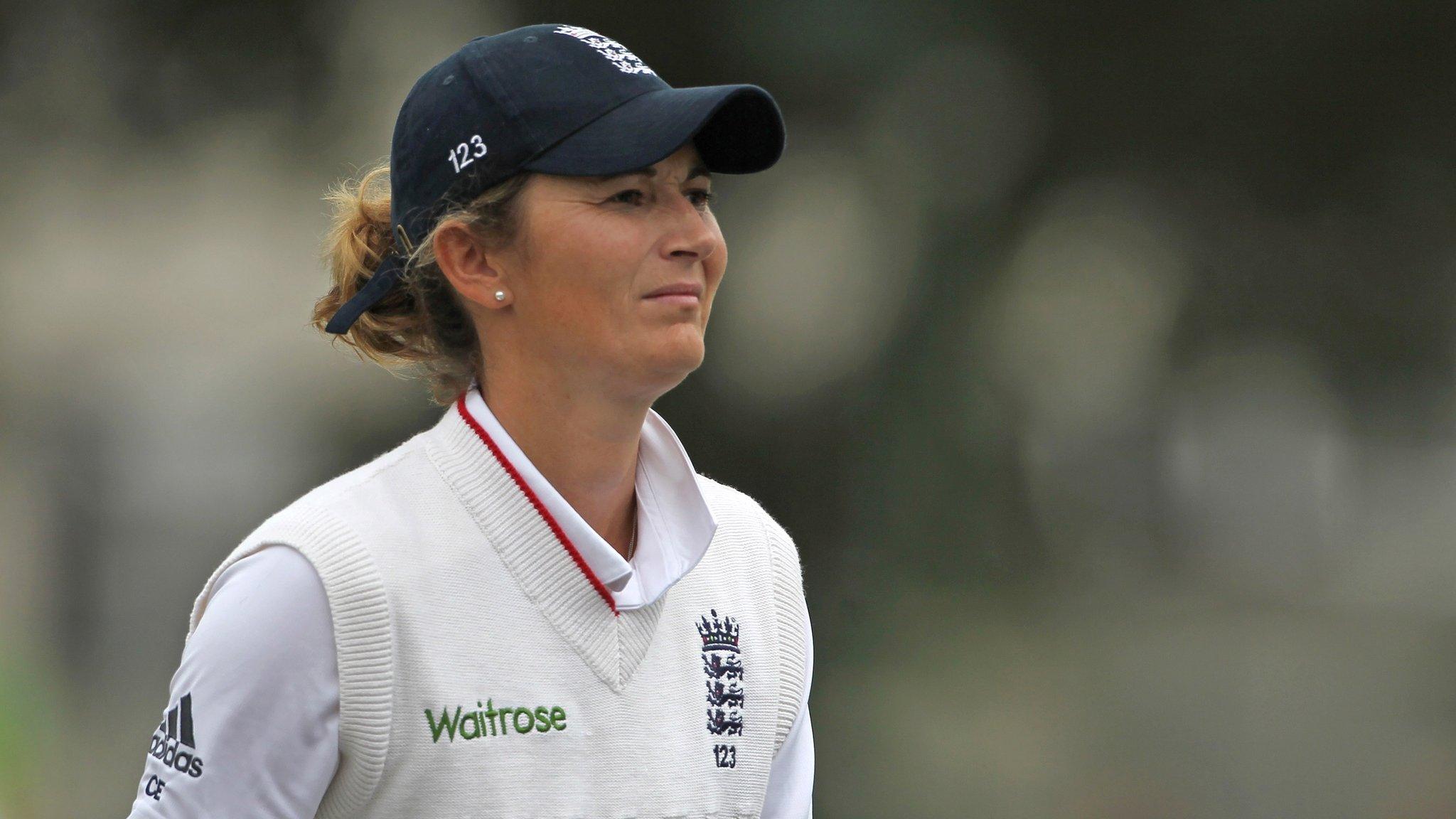
- Published13 June 2017
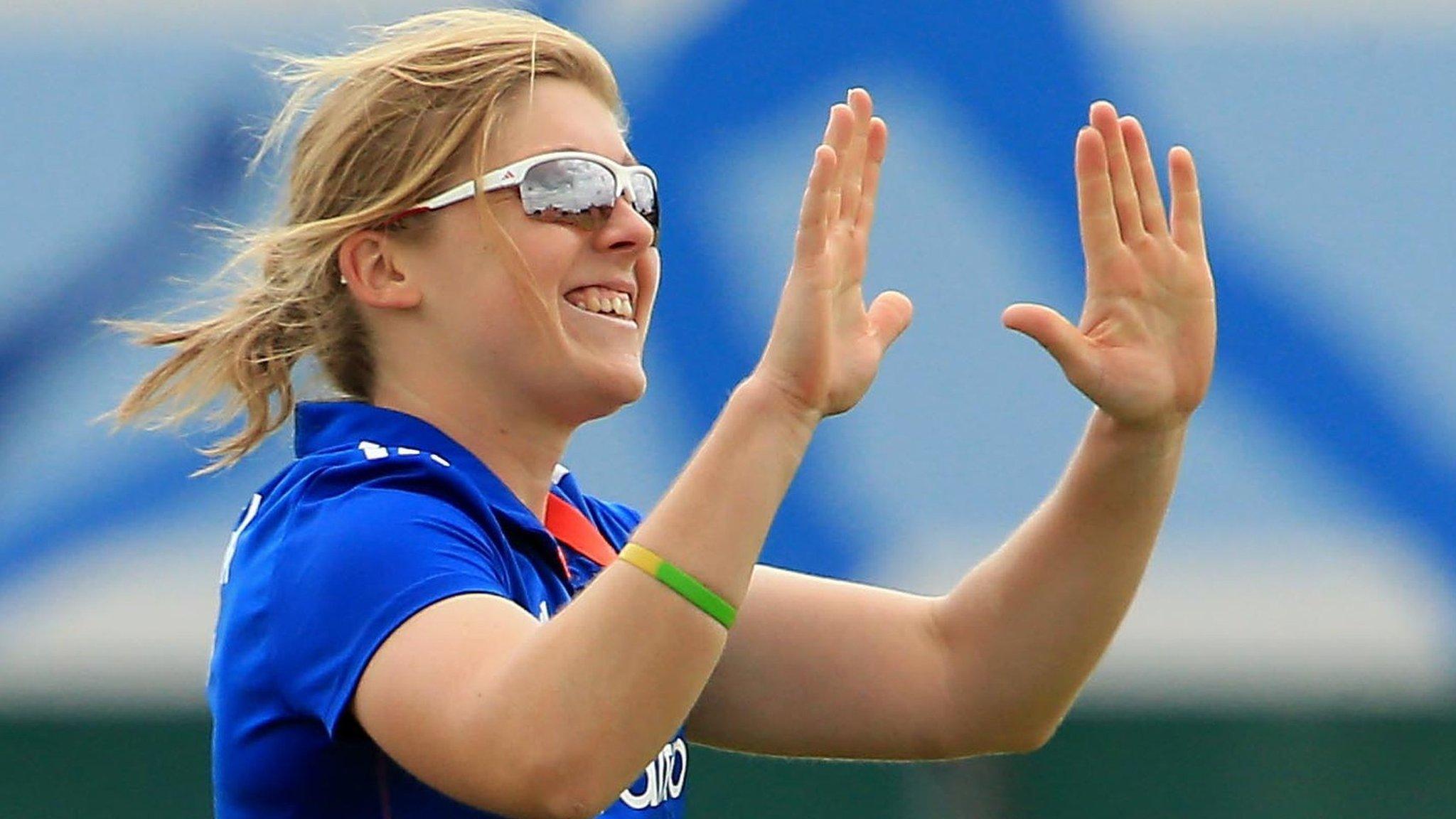
- Published4 May 2017

- Published8 March 2017
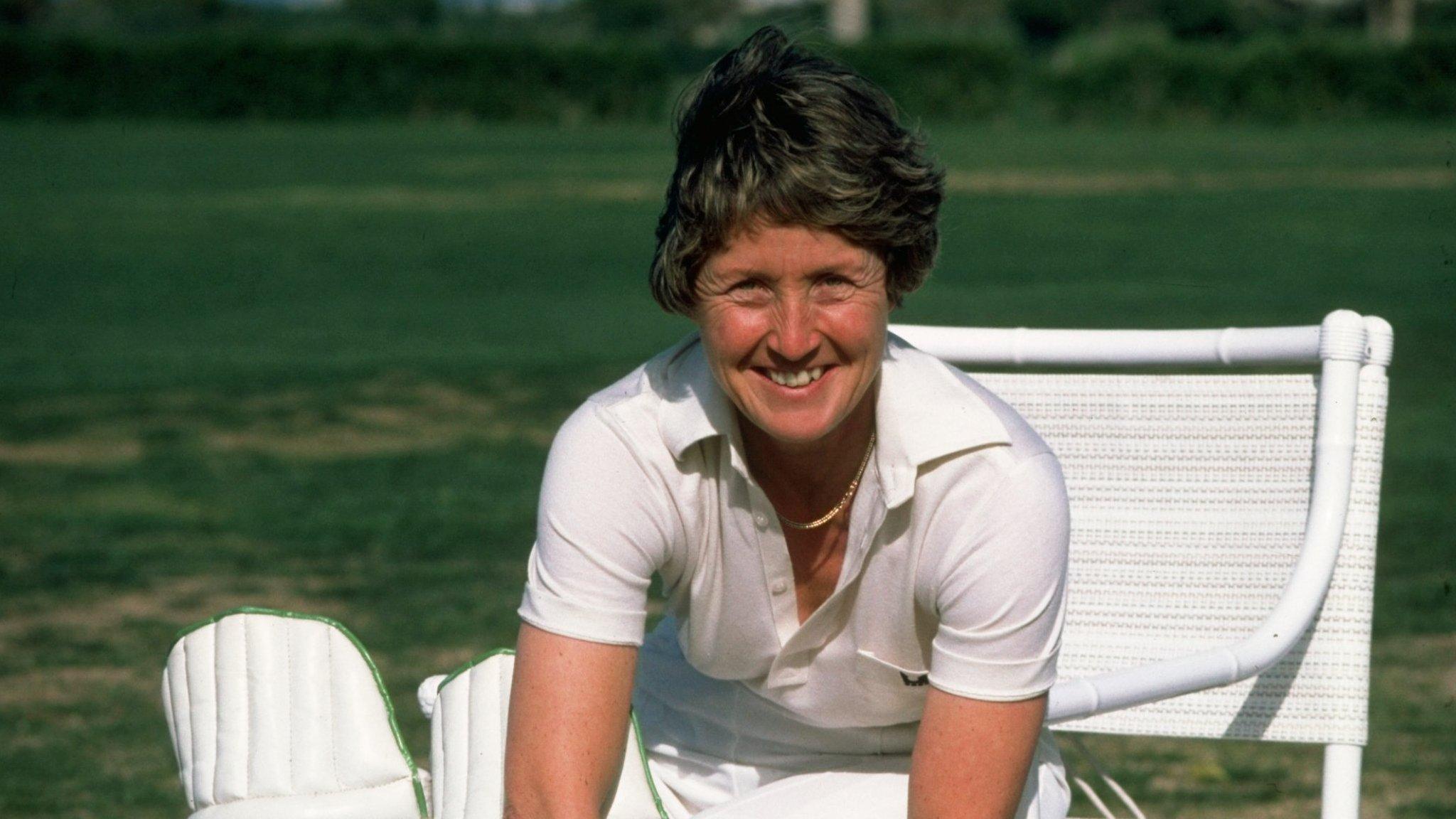
- Published8 March 2017
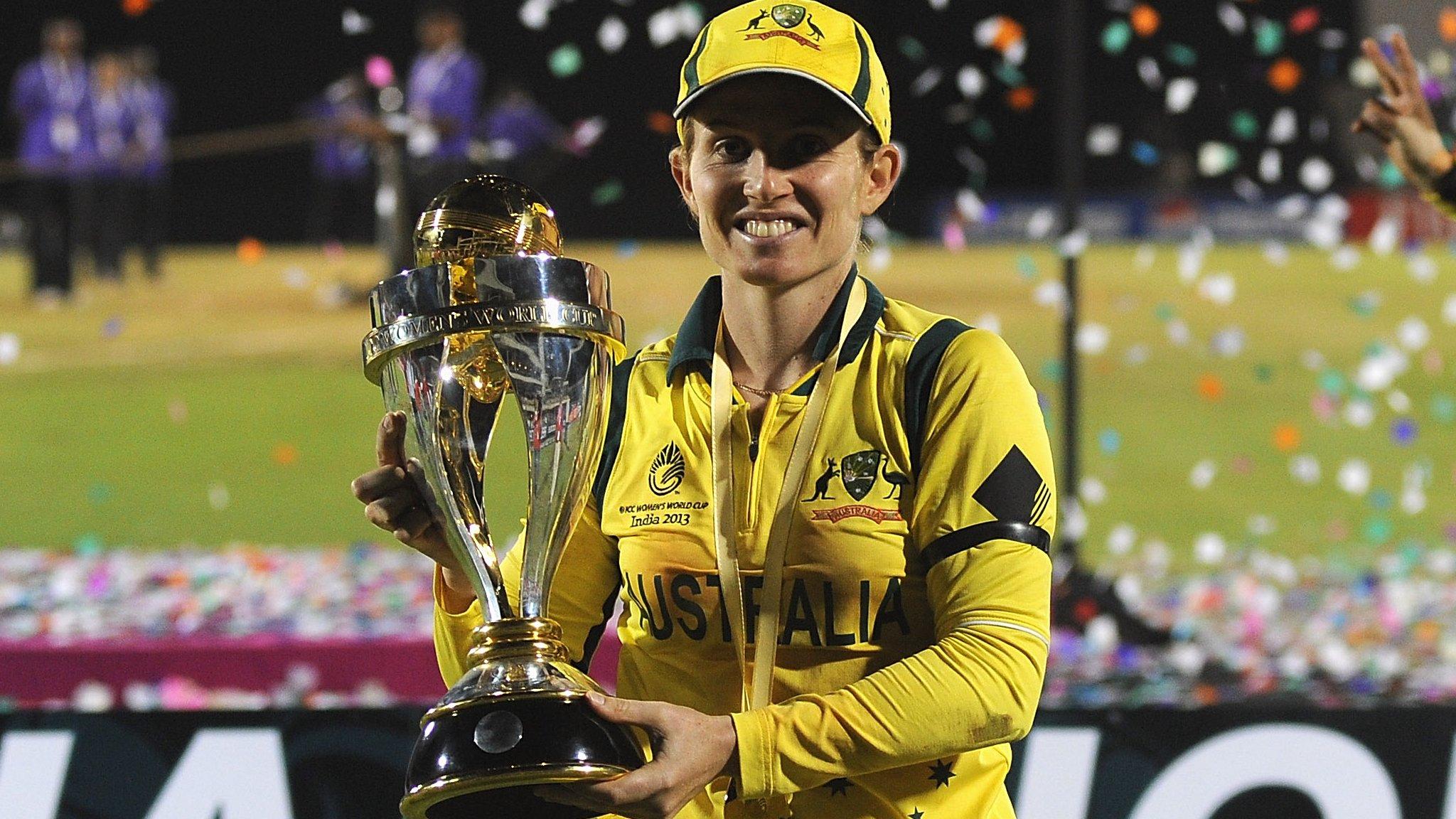
- Published2 May 2017
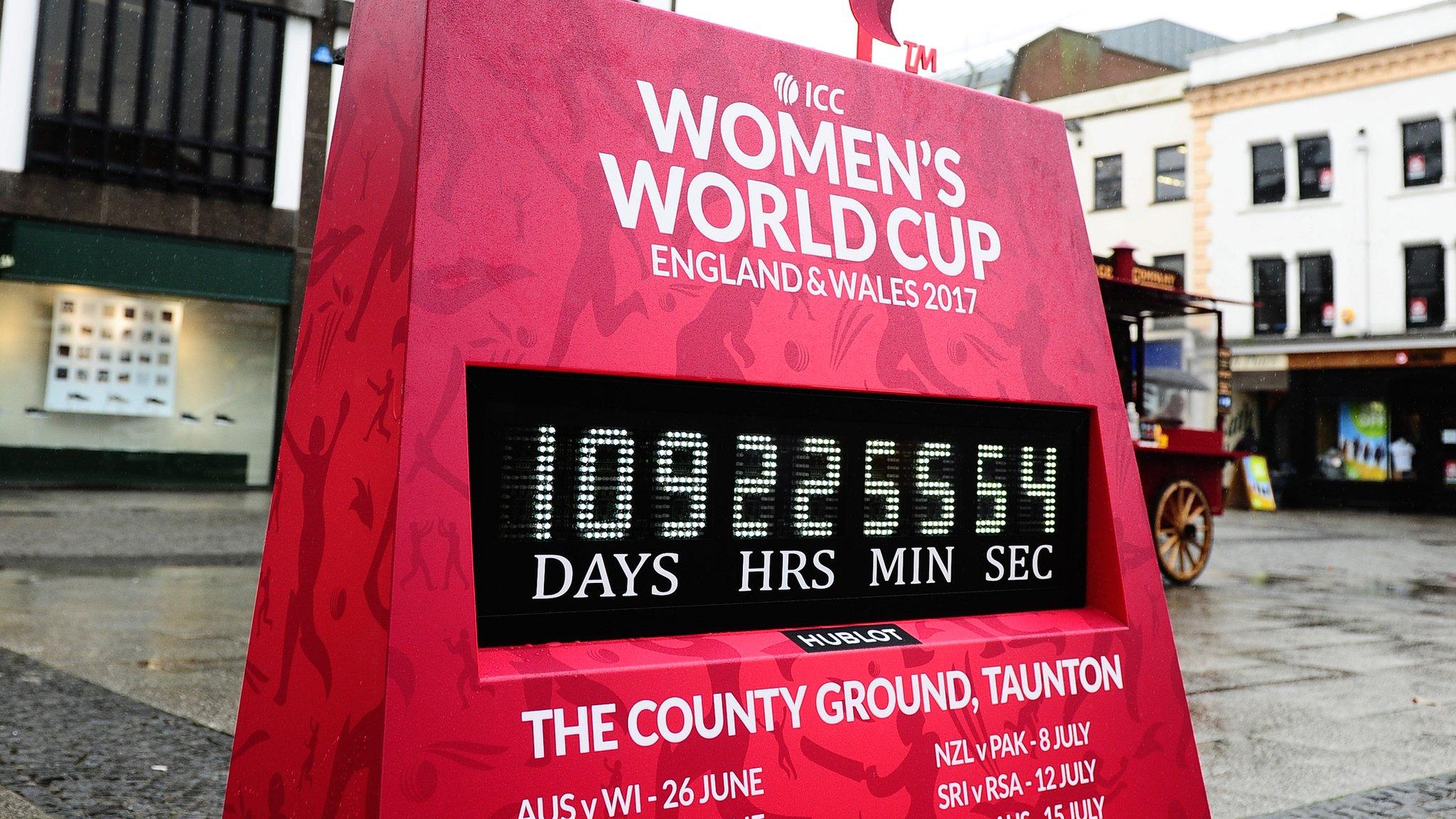
- Published15 May 2017
